Some of the numbers presented in this website may not be the most recent available
Globalshift.co.uk - copyright © 2009 to 2025; All rights reserved


Brief history of the country
Belarus (the Republic of Belarus), formerly Byelorussia, is land-locked, bordered by Russia to the northeast, Ukraine to the south, Poland to the west, and Lithuania and Latvia to the northwest.
The region was settled by Baltic tribes who were overrun by Slavs in the 5th century. Around 900 AD it became part of the Slav state of Kievan Rus which disintegrated in the 12th century under attack from Mongols.
The region was then absorbed into the Grand Duchy of Lithuania in 1250, merging with Poland in 1386 and eventually forming the Polish–Lithuanian Commonwealth in 1569. This union ended in 1795 and Belarus was acquired by Russia.
The region declared independence at the end of World War I after being occupied by Germany. It was divided by its neighbours, losing half of its land to Poland with the Russian part forming the Socialist Soviet Republic of Byelorussia in 1922.
The SSR was industrialised in the 1930s and in 1939 the Polish lands were reintegrated after the Soviet invasion of Poland. After World War 2, during which the country had been devastated by Nazi occupation, it was re-developed as a manufacturing centre. It finally declared independence in 1991 after the collapse of the Soviet Union.
Still allied closely to Russia, large sections of the economy are state-owned and political opposition is suppressed. It was subjected to sanctions after the invasion of Ukraine by Russia in 2021.
Oil and gas summary
Land-locked Belarus is relatively flat and contains large areas of marshes and forests. The highest point is Dzyarzhynskaya Hara at just 345m with an average elevation of 160m.
The country contains extensive peat deposits but only small quantities of oil and gas. Oil production began in 1965 and comes entirely from the Pripyat Graben in the south of the country.
This geological area is linked to the productive Dnieper-Donetz Graben in Ukraine further south. Production has declined from a peak in 1975 although the rate of decline was arrested during the period immediately after the collapse of the Soviet Union.
Globalshift believes that there are probably few prospects left to drill and the existing fields are almost exhausted. All gas from the region is associated with oil.
Belarus has no offshore waters.

BELARUS
Map and National Flag


EASTERN EUROPE
Wintery market
Eastern Europe




Capital
Population
Land area (sq kms)
Oil prod (000s b/d)
Gas prod (bcm/yr)
Oil cons (000s b/d)
Gas cons (bcm/yr)
Minsk
9.7 mm
207,600
28
0.17
224
19
Government
Belarus is a presidential republic. The president is head of state. The National Assembly is a bicameral parliament comprising a 110-member House of Representatives (lower house) and a 64-member Council of the Republic (upper house).
The government includes a Council of Ministers, headed by the prime minister and five deputy prime ministers. The members of this council are appointed by the president.
The Ministry of Energy oversees the oil and gas industry. Belorusneft is the state-owned integrated petroleum company established in 1966 by presidential decree. It has over 40 subdivisions for oilfield services, engineering, design, gas processing, and petroleum product sales.

BELARUS: PRIPYAT BASIN
Globalshift.co.uk (source: USGS)